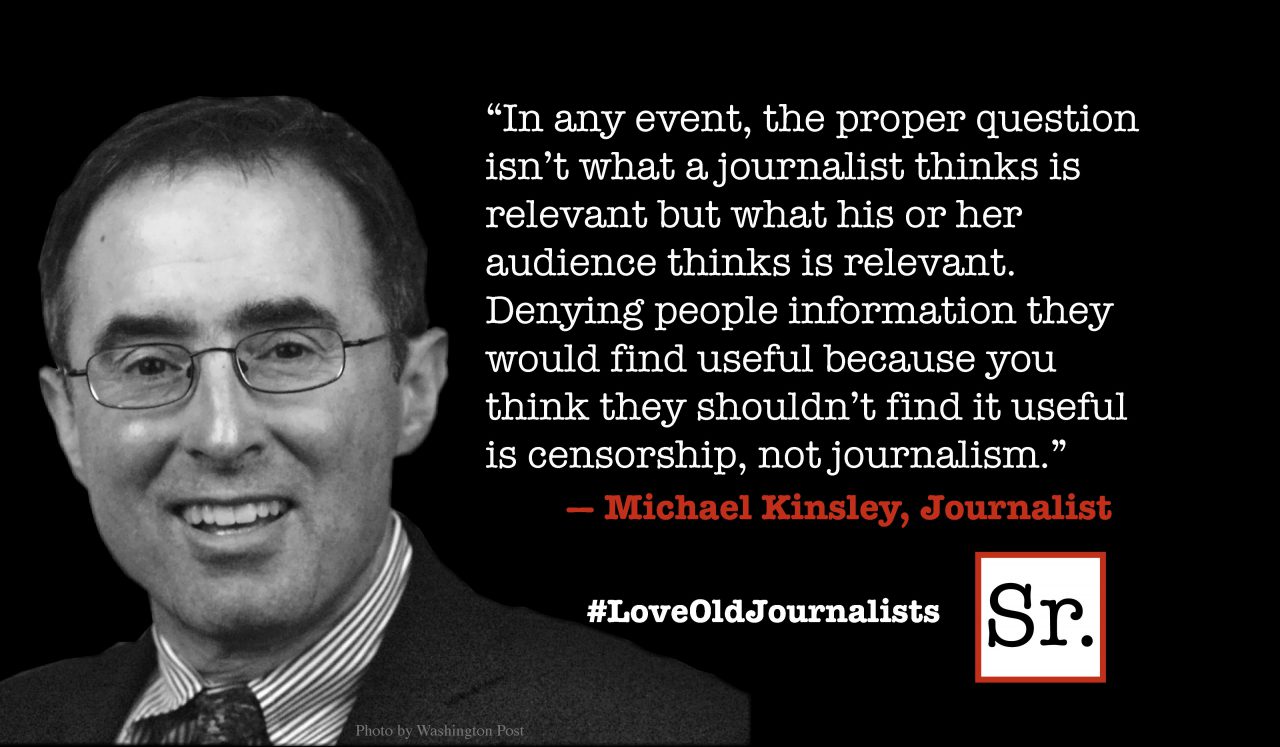Women working in Iowa state government earn less than men, according to an investigation by the Des Moines Register.
The pay gap between male and female workers in the state has changed little in the past decade, with women earning about $5,300 less a year than men, which amounts to men making 11 percent more than women, the investigation found.
Iowa is not alone. While nationwide data is not available, male state workers earn more than their female counterparts in many states, including Idaho, Maryland, New York, Minnesota, South Carolina and Texas.
A 2016 assessment by the online salary data firm PayScale listed the gender pay gap in public administration as the fourth-highest among 21 professions and industries, with women making less than 75 percent of what men make — an average of $16,900 less.
Around the country, most state jobs are subject to stringent transparency rules, anti-discrimination laws and standardized pay rates. Despite these safeguards, disparities at the state level persist, though they are generally smaller than in the private sector.
Many cities have tried to address the gap, just as some states have. In 2016, the California Senate gave 10 percent raises to 71 state employees in an effort to address gender pay disparities. In April, New York Gov. Andrew Cuomo, a Democrat, ordered the state Department of Labor to launch a wage gap study. Women in the state earn 89 cents for every dollar earned by men.
This article was originally published by Stateline.









